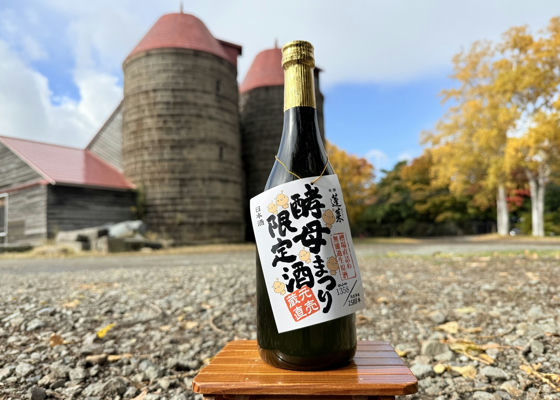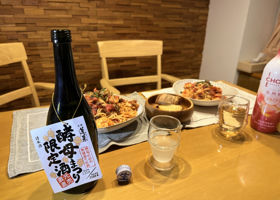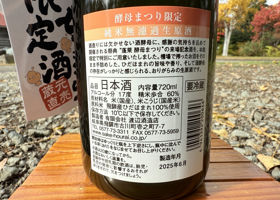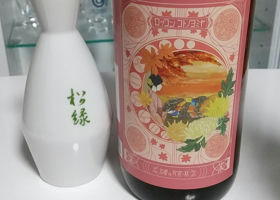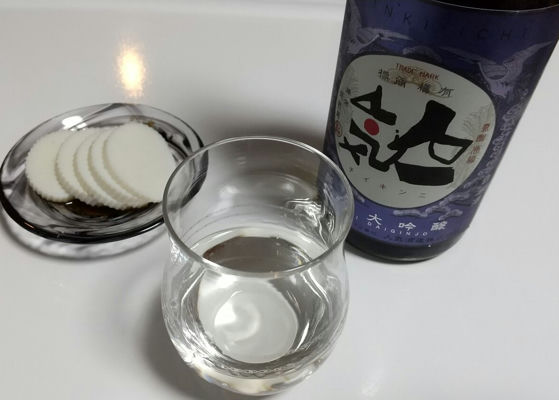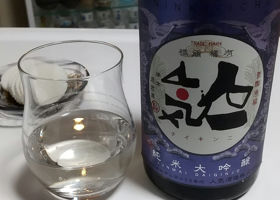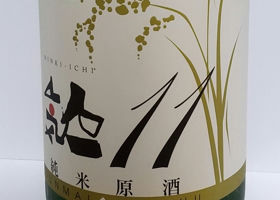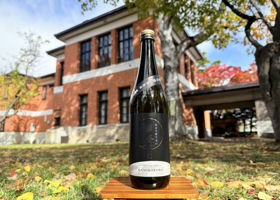

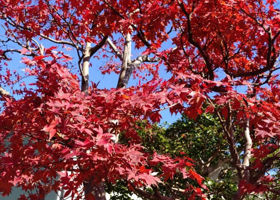

Masaaki Sapporo
8 points (wife: 7.5 points)
Ingredients : rice (domestic), rice malt (domestic)
Rice used : Akebono (Okayama Prefecture)
Rice Polishing Ratio : Koji Rice: 50% / Kake Rice: 58
Alcohol content : 16
Sake Degree : -3
Acidity : 1.7
Yeast : Okayama Hakuto yeast
Slightly sweet sake-like finish
The aroma is like mild apple or pear, with a little sweetness and firm rice flavor, which spreads with a soft acidity.
The robustness of the first half of the wine is surprisingly well balanced by the acidity and bitterness in the middle part, making it easy to match with meals, and it is also richly delicious as a stand-alone sake.
It went well with the pork bowl at Drive-in Ito (Chitose Airport Branch).
Japanese>English
ジャイヴ
Masaaki Sapporoさん、おはようございます☀
自分も先日「冬まで待てない冬の月」開けたところでした🥰
なるほど[豚丼]も酔いですね、割とガッツリ飯にも合うと思いました✨
Masaaki Sapporo
Hi Jive 😃I see you paired it with black sea bream 😋I'll be able to drink it for a few more days and enjoy it 🍶.
Japanese>English
